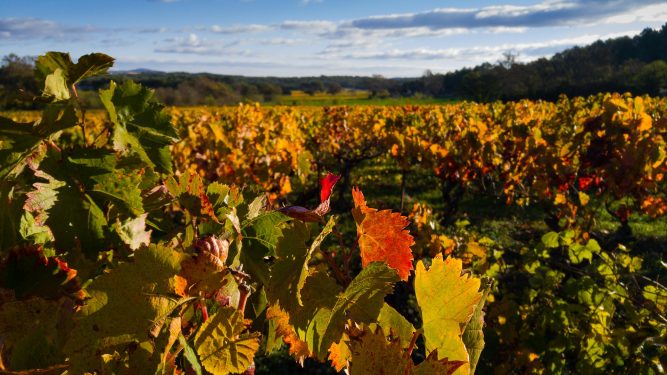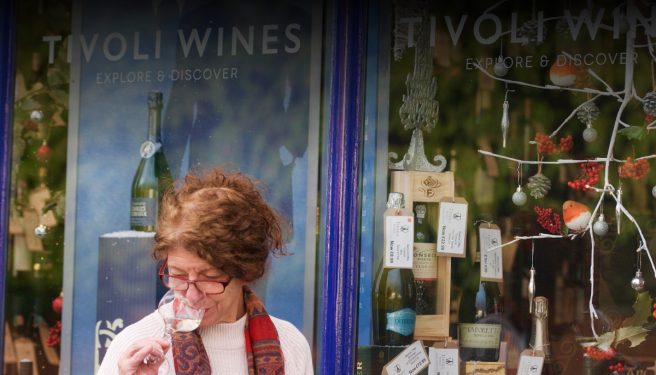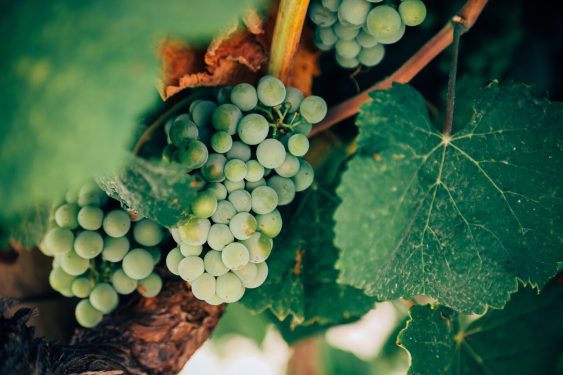Your Mini Basket
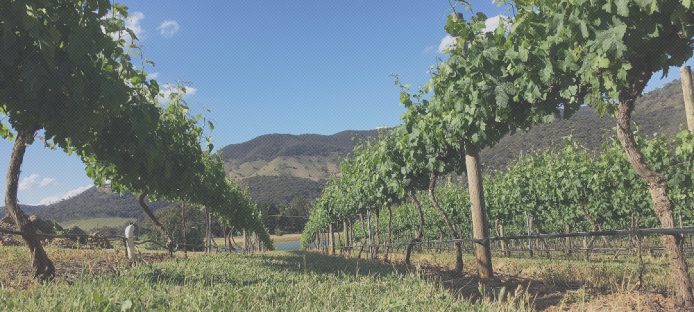
New-Wave Australian Wines
Australia is one of the first countries to break away from the conventional winemaking tendencies and new-wave Australian wines are beginning to storm the market.
As one of the first countries to break away from conventional winemaking tendencies, new-wave Australian wines are beginning to storm the market.
Up until a few years ago, winemakers all over the world were heading down a similar track. Trying to recreate the traditional French wines that had dominated the international market for decades, sticking to long-established techniques and varieties that seemed to be a sure way to success. But with fast-changing trends and fashions, and a rapidly changing climate, winemaking has undergone a much-needed makeover. Cue new-wave wines.
Australian wines have actually overtaken the French in terms of popularity among British adults, with Australian wines at 29% of the market, ahead of France at 22%. Australian wine exports to the UK are definitely on the rise and we can’t help but think that these new-wave wines have something to do with it.
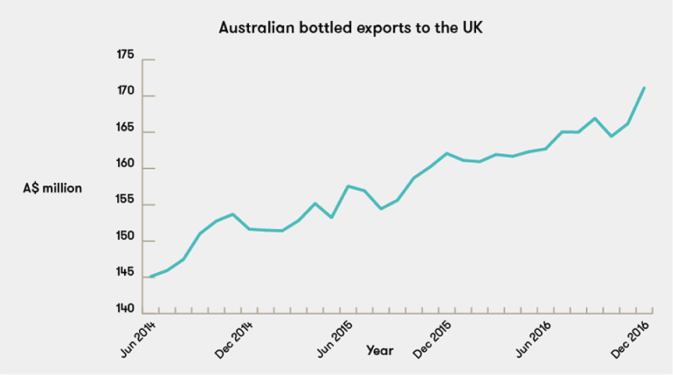
What’s so different about these Australian new-wave wines?
Australia has previously earned itself a reputation for producing crowd-pleasing, straightforward, ‘sunshine in a bottle’ kind of wines, which have been often criticised by wine experts for their lack of elegance and subtlety. With the ever-increasing public wine knowledge and a desire to branch out and try something new, these classics are starting to flop. Forget the over-oaked chardonnay of the nineties and the spicy, fruit-bomb Shiraz that up to now characterised the country's output; it’s time for these new-wave Australian wines to shine. Mclaren Vale is one of the major wine regions opting for experimentation and originality, now producing a diverse range of new-wave wines that scream creativity.
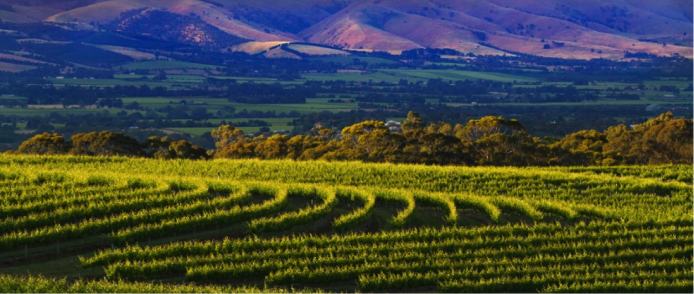
Common differences in Australian new-wave wines
Italian Grapes
Native Italian grapes have had a huge influence on new-wave Australian wines, particularly in Mclaren Vale where grapes such as Nero d’Avola, Sangiovese, Nebbiolo and Fiano are becoming commonplace. A rise in demand for food-pairing wines is partly the reason for this change, so wines with more acidity and tannin are becoming popular. Italian wines have both of these things. Climate change also plays its part and with Italian varieties often naturally higher in acidity, they are able to ripen fully in cooler areas, making them an obvious candidate for making more interesting wine.
Lower Alcohol Levels
Another main difference found in many new-wave Australian wines is lower alcohol levels, particularly since a trend has developed for more food friendly, cooler-climate wines. This drop in ABV allows more subtle flavours to shine through on the palate. Techniques such as vine shading, earlier harvesting and denser canopies in the vineyards result in lower sugar levels in the grapes, which lead to lower alcohol levels in the finished wine.
Prolonged Skin Contact
Instead of leaving the wine in contact with the grape skins just for a matter of hours, it is becoming more common to see these new-wave wines being left in contact with the skins for a number of days. This has resulted in the creation of orange wines – white wines that have seen prolonged contact with red grape skins, as well as more astringent red wines.
Higher Acidity Levels
Not only are more acidic Italian grape varieties being grown to achieve higher acidity levels in Australian new-wave wines, the ‘whole-bunch’ technique is also used to give extra acid to wines. This involves leaving the grapes attached to their stems before fermentation, in other words using whole bunches instead of single grapes. There has also been more of a focus on cooler climate grape-growing regions in order to achieve higher acidity levels in new-wave wines, whether that is high altitude areas or vineyards found closer to the coast with cooling sea breezes.
Reduced Oak Ageing
Less oak influence is often a characteristic of new-wave Australian wines, as winemakers want to stray away from their stereotype of producing heavily oaked wines, particularly whites like Chardonnay. Larger and older oak barrels are more readily used in making new-wave Australian wines, in order to impart less 'in your face' oaky flavours whilst still adding complexity to the wine.
Organic, Biodynamic and Natural
It seems new-wave Australian wines are also becoming more and more likely to be organic wine or biodynamic wine, as trends shift towards ecological and natural food and drink. Fewer chemical products are being used in the production process for new-wave Australian wines, with a noticeable reduction in the inclusion of sulphur to preserve the wine. However, this does not mean they will be any less fresh!

Marketing
Finally, funky and original labels are flooding the Australian market, with each new-wave wine wanting to stand out from the next. Due to Australia’s lack of restrictions for wine regions, you can put just about anything you like on the labels, so the new-wave wine-makers want to ensure people realise that their wines are innovative and contemporary, right from the outset.
The Final Thought
New-wave Australian wines offer lighter, fresher and progressive styles, which are exciting the UK market and getting more popular by the day. Competitions such as the Australian Alternative Varieties Wine Show give incentive to the Australian winemakers to make new-wave wines that are unique and offer something original. How about trying our Australian new-wave wines, like Alpha Box & Dice - Enigma, made from the Italian Barbera grape in the Adelaide Hills region, or Dal Zotto’s Sangiovese from the King Valley. Or see our full selection of Australian Wines here.





